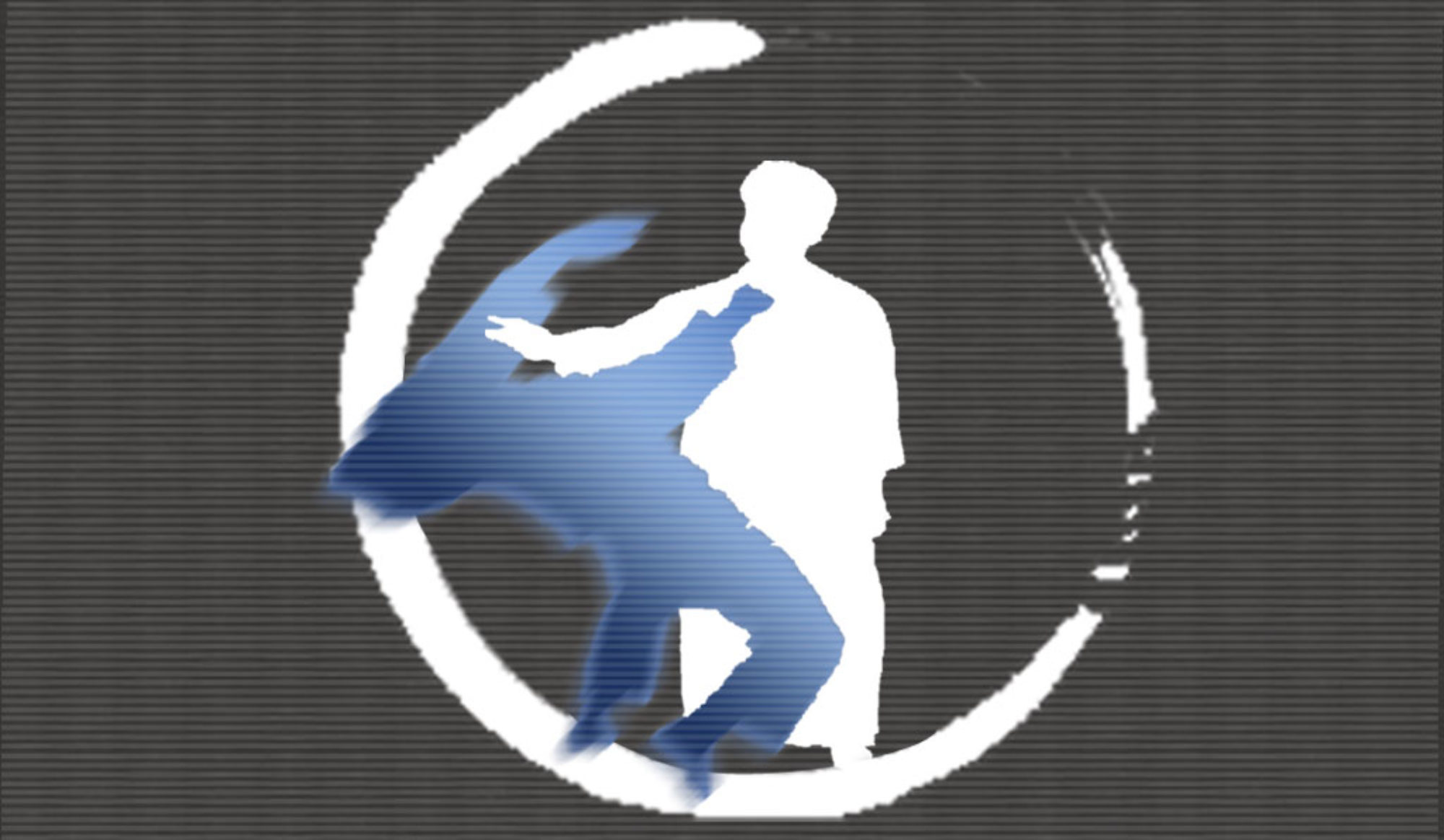Takeda Daisensei taught over 30,000 people. From this number only 15 or so were given the qualifications of teacher (Kyoju Dairi).
The main dojos, later groups and organizations:
1.Seiden Daitoryu Aikijujutsu So-Hombu in Tokyo, under Sagawa Yukiyoshi Kyoju Dairi, later Sagawa-ha Daitoryu Aiki Bujutsu So-Hombu, and after that Daitoryu Aikibujutsu Dokokai in Tsukuba University under Kimura Tatsuo DaiShihan, although other students of Sagawa Sohan also teach it independently. This art was always reserved to Japanese, only. Very few exceptions were made.
2.Daitoryu Aikijujutsu Kodokai So-Hombu in Kitami, Horikawa Kodo, then also Kodokai Sapporo So-Hombu , Kato, and Hokkaido Aikido Renmei of Nishikawa Shihan, Tokyo Kodokai So Hombu, Nishi Sapporo So-Hombu by Iiida Shihan. After that split in Japan into: Bokuyokan of Yonezawa, Hikarido of …; Roppokai of Okamoto Shihan with full permission from Horikawa Shihan, Godokai of Kodo’s son, Isshukai, etc. Daitoryu Kodokai was the very first that taught this art outside Japan, most notably in Germany, the USA, Canada and Cuba.
3.Nihon Daitoryu Aikibudo Daitokai under Takeda Tokimune Soke, later splitting into Dai-ni no Daitokai – family members, then Seishinkai lead by highest qualified Sato and Kato Shihans, and Tokyo Shimbukan lead by Kondo Katsuyuki, finally European Daitoryu Aikibudo Daitokai lead by Antonio Sastre Shihan.
4.Daitoryu Aikijujutsu Renshinkan by Maeda and Matsuda Shihans, later disseminating into Daitoryu Shofukan, and Hakkoryu Jujutsu of Okuyama Shihan.
5.Initially known as Kansai Aikido of Takuma Hisa Shihan, changing to Daitoryu Aikijujutsu Takumakai under Hisa Shihan, then Mori Shihan, Daibukan of Ohgami Shihan, Hakuhokai of Okabayashi Shihan, and Nihon Aikijujutsu of Tsuruyama Kozui Shihan.
6. Daitoryu Aikijudo Renshinkai by Yamamoto Kakuyoshi Shihan, the last student of Takeda DaiSensei,
7. Tenjin Aikibudo, then Aioiryu, finally Aikido made by Ueshiba Morihei Shihan who was banned 3 times and finally received Hamon from Daitoryu school.
8.Korean Choi, Young-Sol, known in Japan as Yoshida, servant of Takeda Daisensei, went back to his country and opened Daedongryoo Hapkiyukwansul teaching initially pure Daitoryu in pure Takeda style, later greatly modified by his students, this precious knowledge was used for development of Hapkido, Hwarangdo, and Kuuksuk, which greatly diverge from the original.
9. Yoshida Kotaro Shihan and 2-3 highly trained individuals decided not to teach at all.
10. General Takeshita wrote book containing 2800 techniques of Daitoryu, but after seeing the situation of Daitoryu splitting, he gave up the idea of teaching or publicity.
To sum up we have:
The biggest: Daitoryu Aikijujutsu Takumakai in Kansai
The international Daitoryu Aikibudo Daitokai Hombu in Italy
The small dojos of remainin Daitoryu Aikibudo Seishinkai in Araki
Quite well grown Daitoryu Aikijujutsu Roppokai in Tokyo
New Tokimune-den Daitoryu Aikijujutsu Soke dojo of Shimbukan under Kondo family
Now quite small Daitoryu Kodokai in Kitami and Sapporo
Fragmented Yamamoto-den and Maeda/Matsuda-den Daitoryu Aikijujutsu
Yet rapidly expanding modern Aikido, Hakko-ryu Jujutsu, Hapkido
In none of the above Aiki survived as the real skill. Single dojo of the real Aiki tradition of Sagawa Seito-ha Daitoryu Aikibujutsu So-Hombu dojo in Tokyo, probably sold now, but alive in Tsukuba, Kyoto, and France by individual sempai of high caliber, most of whom studied later under Kimura Dai-Shihan, and the very fortunate fact of it being practiced in Taiwan.
We also have so called Saigo-ha Daitoryu Aikibujutsu groups – one (quite questionable) in Kitakyushu under Sogawa Kozui, and another, Dai-Nippon Daitoryu Aikibujutsu Rengokai Goshikinai – existent outside Japan (Canada and Cuba).
And our little, insignificant dojo in Taiwan where the spirit of Aiki practice dwells and the willingness to study still burns with strong flame of desire to achieve high quality and preserve our unique Kyokuden tradition for the next generation.
